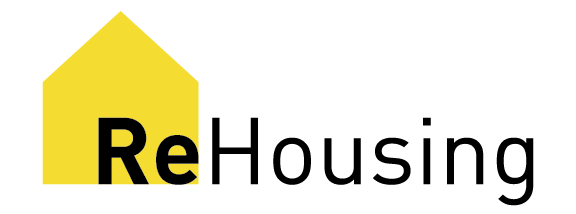This website is a guide and is not intended to replace professional advice. Please see our disclaimer for more information!
Feasibility Check
Top Addition & Split

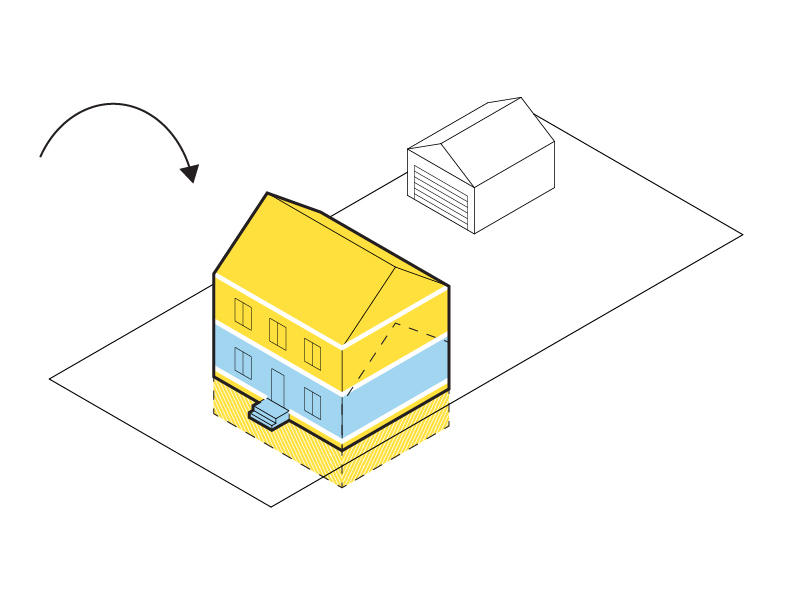
These units are created by combining two methods of unit creation: addition and subdivision. By adding a new floor to the existing building, and subdividing the floors into self-contained dwellings, you can create more living space within the home and add new units. The checklist below provides some key items you should consider before selecting this type of multiplex. Remember to verify all code requirements with your local code, or hire a professional to do this for you!
Spatial Requirements
Check your maximum height
In general, the maximum height for a multiplex is 10m across the City of Toronto.However, you may be able to build higher! Check your specific zoning regulations for a lot on the City’s website here.

Getting in and out safely
Access/egress
There are two ways you can provide access to units within your house:
Option 1 - You can provide direct exterior access.
This means each unit has its own fire-separated exit path from the main space of the unit to the exterior. In this case, each unit will have its own exterior ‘front door.’
Option 2 - You can provide access to the exterior through a shared entryway.
This means units will share a ‘front door’ and have a small section of communal space from which they access the unit.

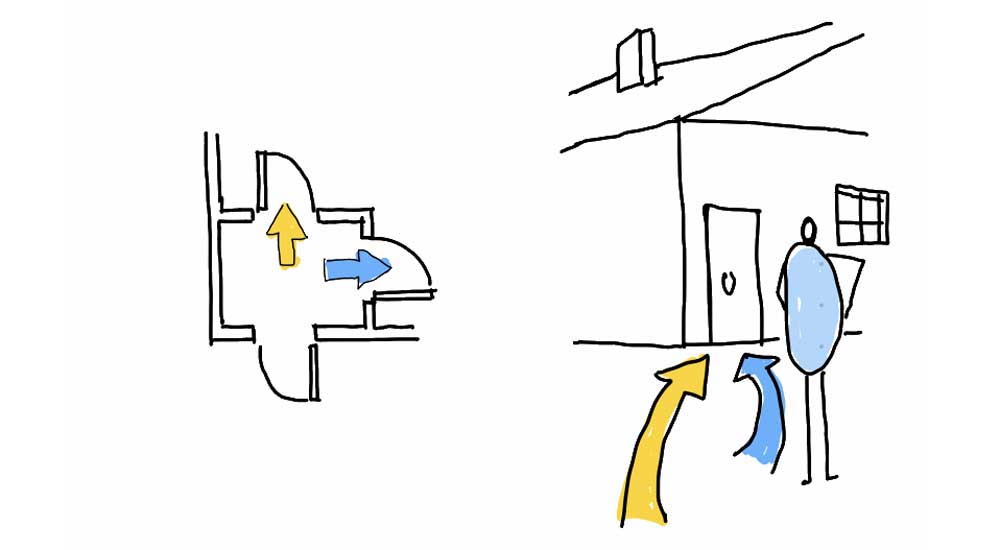
What kind of access do you have?
Option 1 - Separate second entry
This is a good option because you will not have to do a lot of work to allow access to the unit. A door at the main level, often at the side of the house, accesses a stair directly to the unit. These are often separated from the main floor living space.
This is a good option because you will not have to do a lot of work to allow access to the unit. A door at the main level, often at the side of the house, accesses a stair directly to the unit. These are often separated from the main floor living space.

Option 2 - Stair close to an entry
If you don’t have a separate entry, it is best if the stair is close to an entry door. You will need to build a wall to separate the new unit entry from the main floor unit.
If you don’t have a separate entry, it is best if the stair is close to an entry door. You will need to build a wall to separate the new unit entry from the main floor unit.

Option 3 - Stair far from an entry
This option will require the most work. First check to make sure you can access the stair to the new unit without disrupting the living space on the main floor.
This option will require the most work. First check to make sure you can access the stair to the new unit without disrupting the living space on the main floor.

You may also need to provide a second exit through a window in your unit that is large enough for a person to get through and easily open without any tools.
Electric, Heating/Air, and Plumbing
Check your utilities
Check your electrical service
Step 1 - Check the existing electrical service on your electrical panel
Find the circuit box. Find the main cut-off switch—this is typically the biggest switch in the box. The cut-off switch often has the number of amps written on it. You will likely need a minimum of 100 amps.
Step 2 - Use the chart below to calculate the existing electrical capacity (Coming soon.)
Step 3 - Check how many units you can add based on the existing electrical capacity. (Coming soon.)
Verify the level of electrical service you will need with a licensed electrical engineer or electrician.
Step 1 - Check the existing electrical service on your electrical panel
Find the circuit box. Find the main cut-off switch—this is typically the biggest switch in the box. The cut-off switch often has the number of amps written on it. You will likely need a minimum of 100 amps.
Step 2 - Use the chart below to calculate the existing electrical capacity (Coming soon.)
Step 3 - Check how many units you can add based on the existing electrical capacity. (Coming soon.)
Verify the level of electrical service you will need with a licensed electrical engineer or electrician.
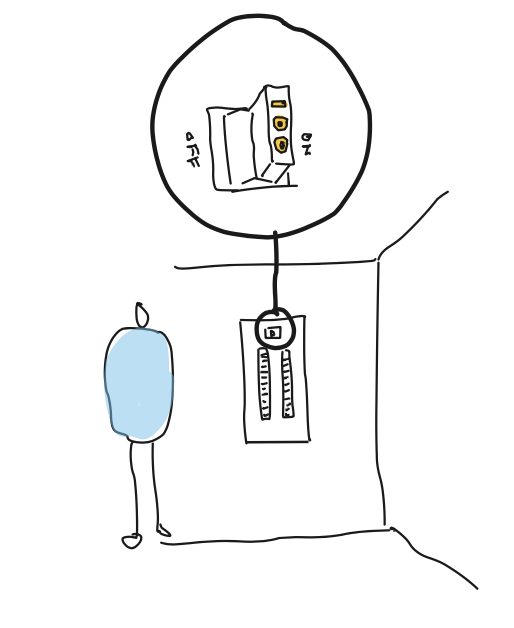
Structural
Check your structure
If you are building on top of an existing structure you may need to reinforce it to be able to hold the weight of the new addition. We recommend you get a structural engineer to examine the building to advise on the capacity of the existing building.
Cost Considerations
Whenever you are deciding what type of unit to add, it is important to understand what are the major cost considerations. For a top addition & split renovation these include:
- unit egress
- fire and sounds separation
- new bathroom(s)
- new kitchen(s)
- site work
- new construction
- fire and sounds separation
- new bathroom(s)
- new kitchen(s)
- site work
- new construction
Case study
The vertical addition & subdivision case study involves creating distinct living units by subdividing the existing structure of the house in the vertical axis AND adding an addition to the top of the existing home. Interior walls are added to create the necessary rooms within each unit and demising walls are added between units to create necessary fire separations. The project introduces new kitchens and bathrooms for each unit. Major considerations include plumbing, fire separation, and unit access.
Existing Floor Plans
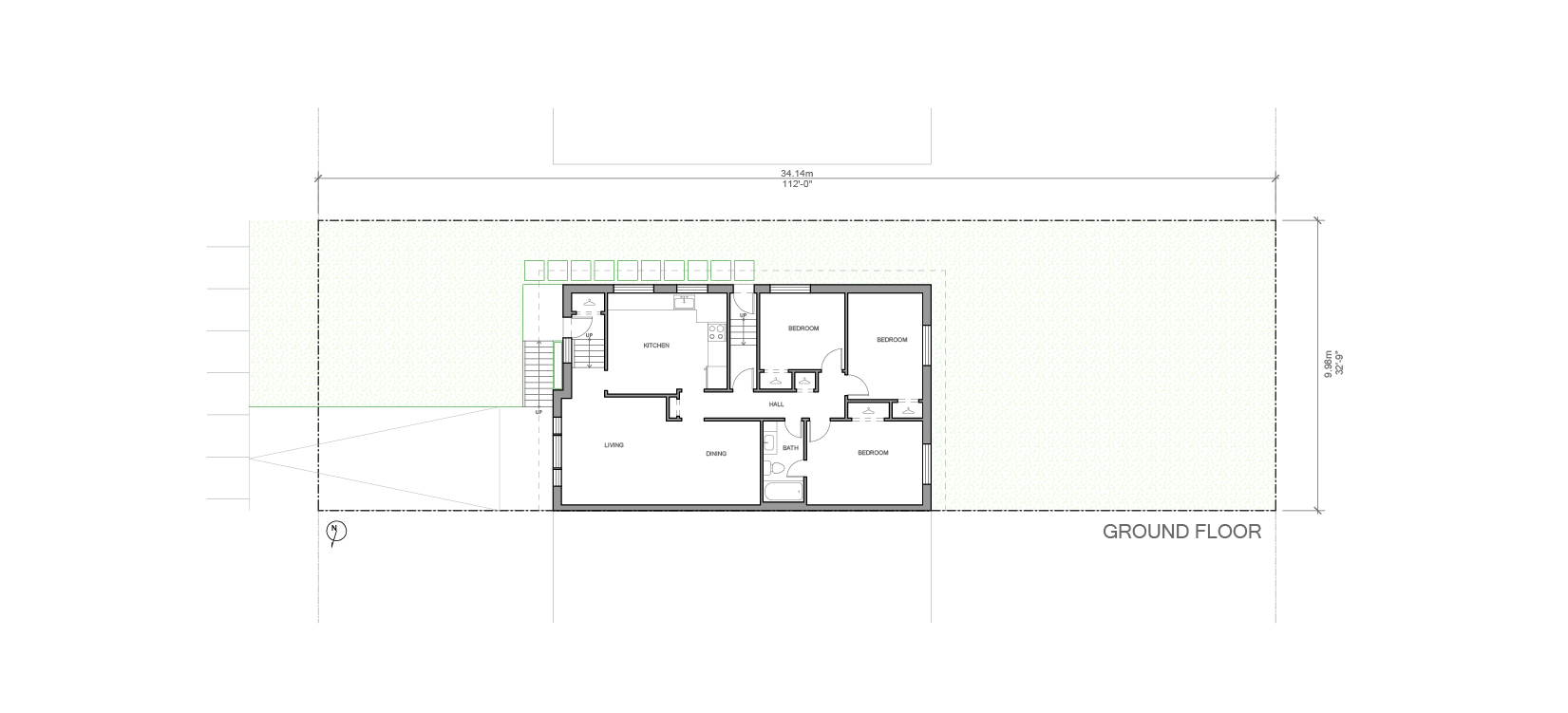
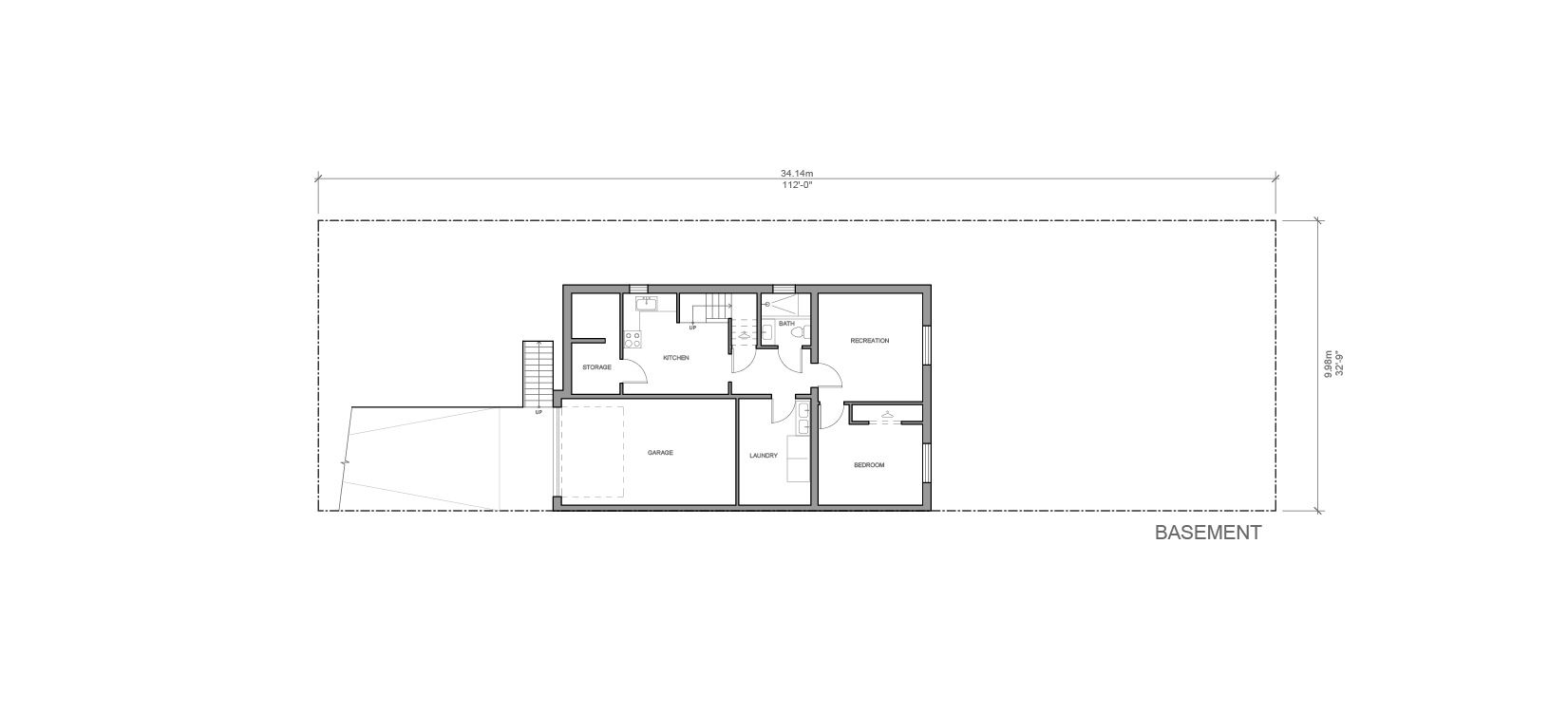
Case Study Floor Plans


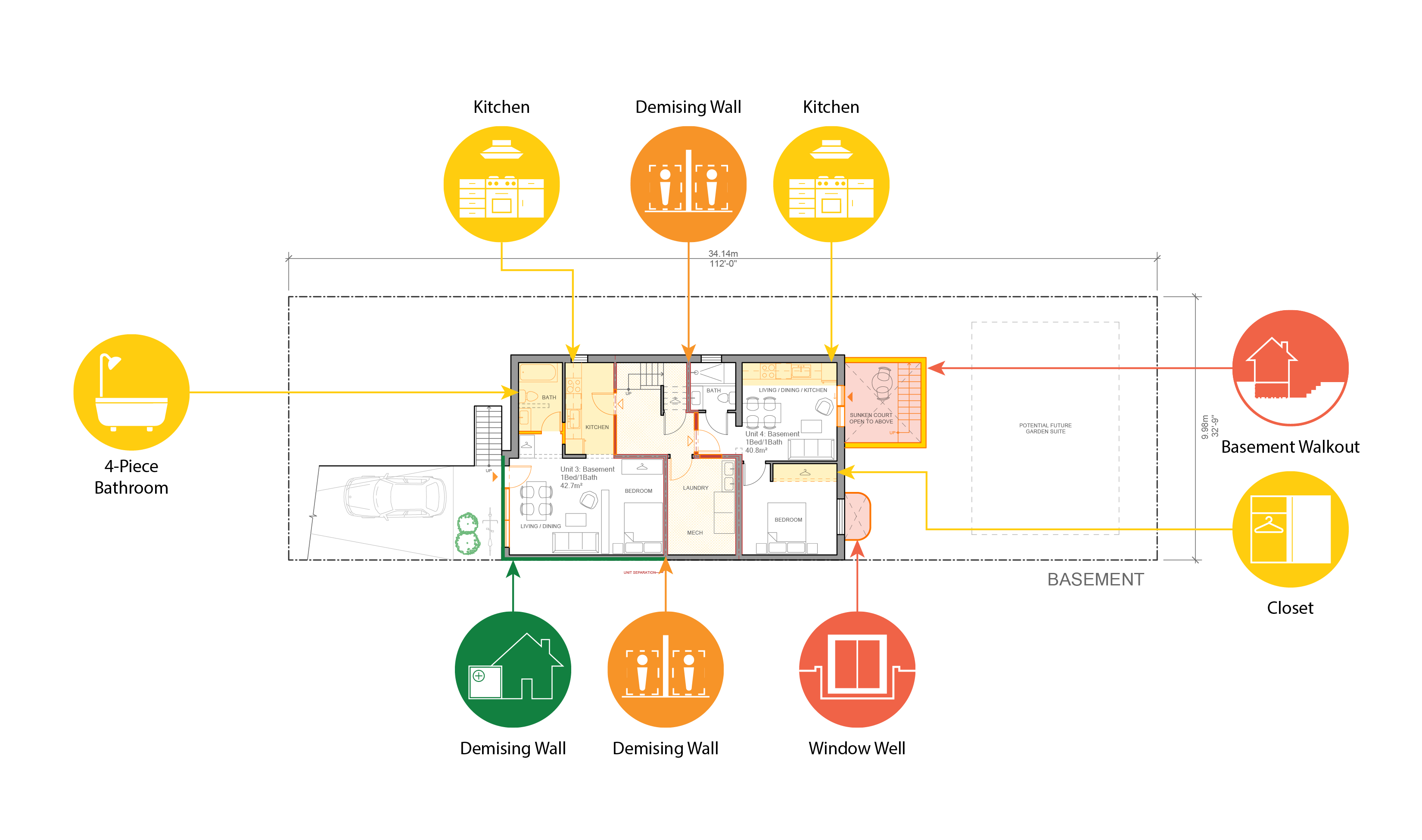
THIS WEBSITE, INCLUDING ALL DATA AND INFORMATION INCORPORATED HEREIN, IS BEING PROVIDED FOR INFORMATION PURPOSES ONLY AND IS NOT INTENDED FOR AND HAS NOT BEEN APPROVED FOR USE FOR CONSTRUCTION AT ANY LOCATION.
For certainty, ReHousing (Canada), The University of Toronto, John H. Daniels Faculty of Architecture Landscape and Design, and LGA Architectural Partners provides no representation or warranty regarding any use of or reliance upon this website, including any representation or warranty that this website complies with applicable laws (including any applicable zoning by-laws or building code requirements) and any representation or warranty that any cost estimates included in or based upon this website have been validated by the applicable market. Any use of or reliance upon this website by any person for any purpose shall be at such person’s sole risk and ReHousing (Canada), The University of Toronto, John H. Daniels Faculty of Architecture Landscape and Design, and LGA Architectural Partners shall have no liability or responsibility for any such use of or reliance upon this website by any person for any purpose. Prior to any use of or reliance upon this website by any person for any purpose, consultation with a professional architect duly licensed in the applicable jurisdiction is strongly recommended.
For certainty, ReHousing (Canada), The University of Toronto, John H. Daniels Faculty of Architecture Landscape and Design, and LGA Architectural Partners provides no representation or warranty regarding any use of or reliance upon this website, including any representation or warranty that this website complies with applicable laws (including any applicable zoning by-laws or building code requirements) and any representation or warranty that any cost estimates included in or based upon this website have been validated by the applicable market. Any use of or reliance upon this website by any person for any purpose shall be at such person’s sole risk and ReHousing (Canada), The University of Toronto, John H. Daniels Faculty of Architecture Landscape and Design, and LGA Architectural Partners shall have no liability or responsibility for any such use of or reliance upon this website by any person for any purpose. Prior to any use of or reliance upon this website by any person for any purpose, consultation with a professional architect duly licensed in the applicable jurisdiction is strongly recommended.
